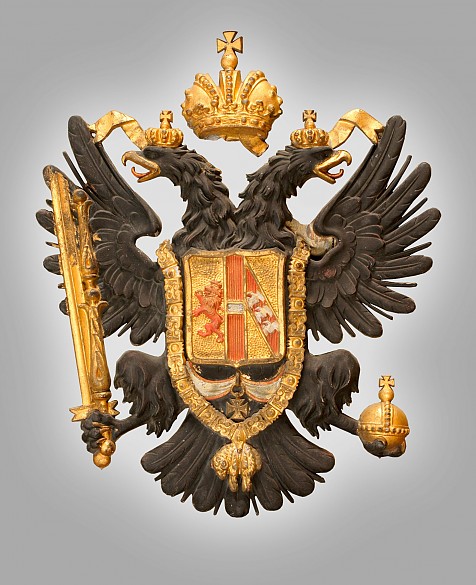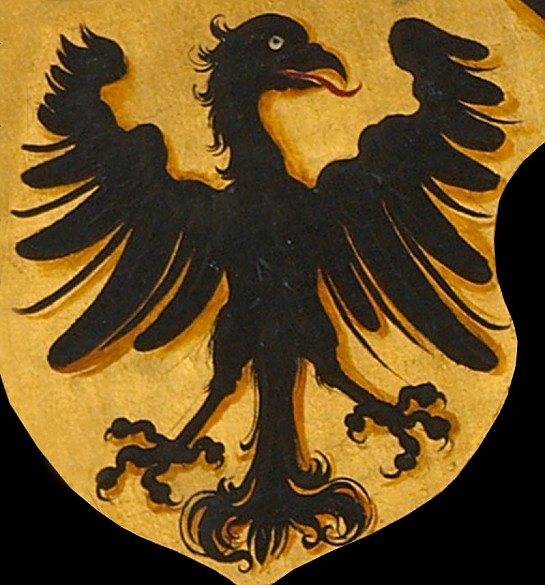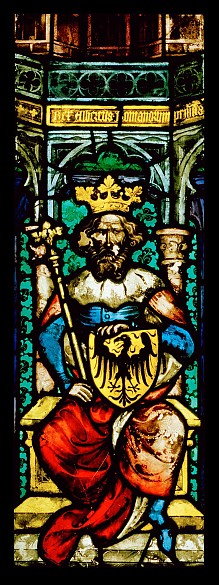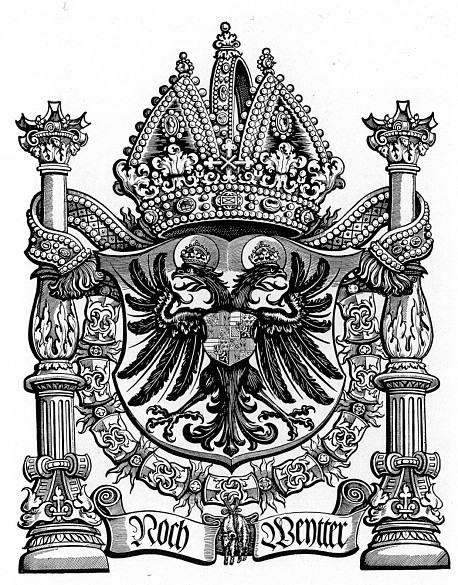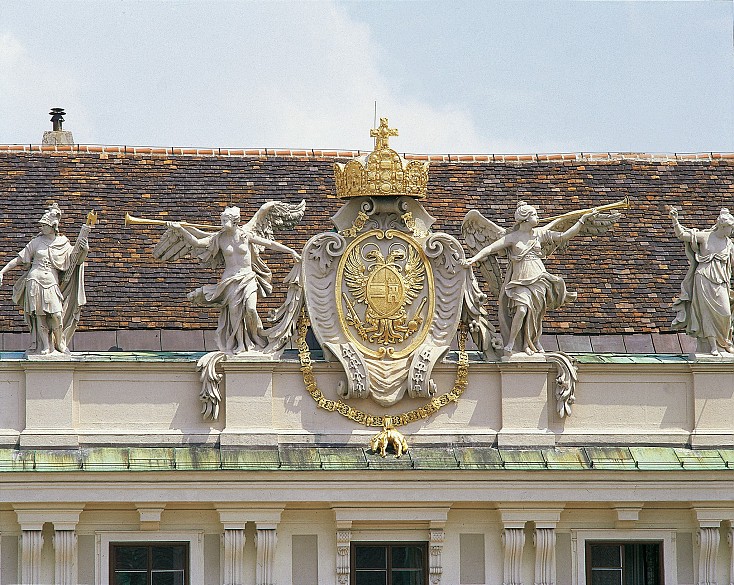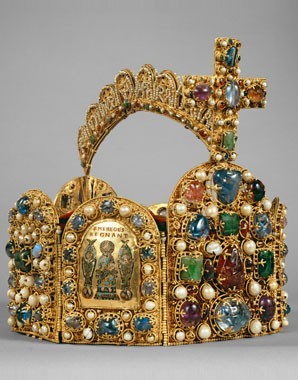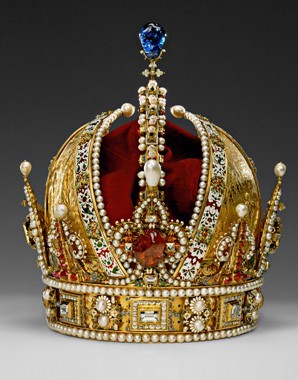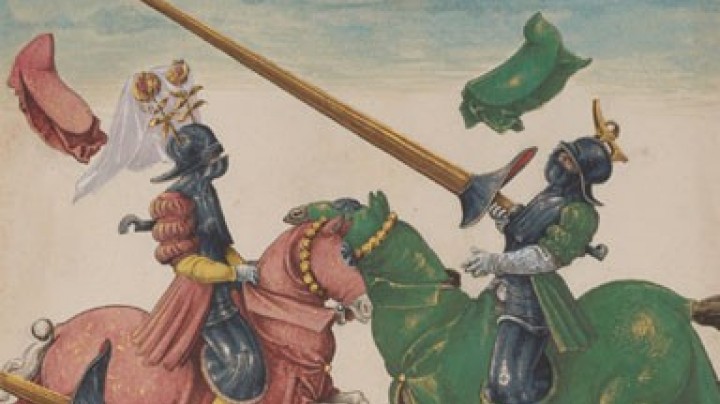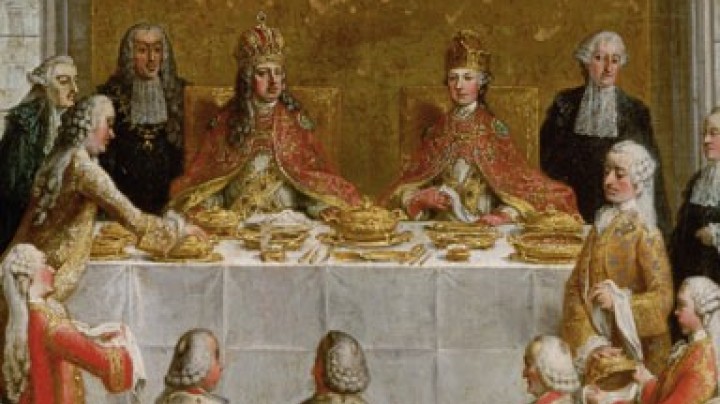The double-headed eagle: the omnipresent emblem of the Habsburgs
As ‘lords of the air’, eagles were always taken as a favourite identification symbol for rulers. But an eagle with two heads? In the lands of the former Habsburg Monarchy, the double-headed eagle is the quintessential emblem of Habsburg dominion. But why did the heraldic animal sprout a second head?
Back in Antiquity Roman emperors had chosen the eagle as an emblem of their power. The East Roman or Byzantine Empire, successor to the Roman Empire, adopted this seigniorial symbol and added a second head to the originally one-headed Roman eagle. Firstly, this expressed the secular and spiritual power of the Emperor of Byzantium, secondly the claim to rule in East and West. After the downfall of the Byzantine Empire, the Russian rulers adopted the imperial title (tsar = caesar) and the symbolism of dominion.
The Holy Roman Empire likewise saw itself as the successor to the ancient Imperium and took the eagle as its heraldic beast – albeit in the one-headed version. The black eagle on a gold shield became the symbol of the title of king as well as of the empire.
In the late Middle Ages the double-headed eagle appeared in the empire as well. It was introduced as the mark distinguishing the royal from the imperial title: the king, who was voted in by the electors, attained the title of emperor solely by being blessed and crowned by the pope in Rome. Only then did he have the right of taking the double eagle as symbol of the universal claim to power over Latin Christendom. This concept was elaborated by the custom of placing a halo or nimbus around the two heads, seen as a symbol of the sacred elevation of imperial majesty.
Because the imperial title was from the sixteenth century on almost continuously vested in members of the Habsburg dynasty, the Habsburg emperor adopted the imperial double-headed eagle with an inescutcheon showing the coats of arms of their lands, devised to underscore the ties between the imperial title and the Habsburgs.
When the Holy Roman Empire was dissolved in 1806, the Habsburgs adopted parts of the symbolic imagery of the old empire for the Austrian Empire, which was now fully bound up with the dynasty. Henceforth, the double-headed eagle was Austrian. It lost its nimbus, bore an inescutcheon with the coat of arms of the House of Habsburg-Lorraine, and was supplemented with the Order of the Golden Fleece. Above this hovered the Austrian imperial crown. When the dual monarchy of Austria-Hungary was founded in 1867, a popular interpretation established itself that saw the two heads of the imperial eagle standing for the two halves of the realm.
